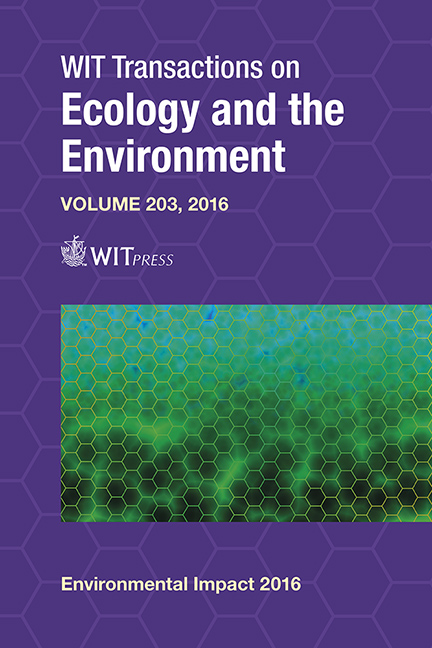Remediation Of Arsenic Contaminated Soil With High Gradient Magnetic Separation
Price
Free (open access)
Transaction
Volume
203
Pages
4
Page Range
87 - 90
Published
2016
Size
409 kb
Paper DOI
10.2495/EID160081
Copyright
WIT Press
Author(s)
J. G. Kim, C.-M. Chun, J.-H. Lee, Y.-C. Cho, I. H. Nam
Abstract
Arsenic (As) is highly toxic and carcinogenic to humans. It is a frequently found contaminant in contaminated sites due to its many industrial applications such as tanning, wood preservation, pesticide and herbicide. We developed a combined process of dispersion and magnetic separation for the remediation of As contaminated soil. We collected the As contaminated silt loam soil from a smelting site. We tested the soil dispersion rate at various pH and concentrations of Na-orthophosphate, Na-pyrophosphate and Na-hexametaphosphate and determined an optimum dispersion condition. We also tested the change in As concentration of the soil after and before passing its suspension through a magnetic field. The dispersion rate increased with increasing phosphate concentration and showed the following order at the same concentration: hexametaphosphate > pyrophosphate > orthophosphate. The dispersion rate also sharply increased at the solution pH 11. We concluded that the optimum dispersion condition was pH 11 10mM Na-hexametaphosphate. The soil dispersed at the optimum conditions was separated into magnetic and nonmagnetic particles with a high gradient magnetic separator (HGMS) at 12,000 gauss. The bulk soil with 37.7 mg kg−1 of As was separated into 20% of magnetic fraction and 80% of nonmagnetic fraction. The magnetic fraction had a higher As concentration, 48.0 mg kg−1 but the nonmagnetic fraction had a lower As concentration, 20.0 mg kg−1, comparing with the bulk soil. The result indicated that the high gradient magnetic separation combined with dispersion can be practiced for the remediation of As contaminated soil.
Keywords
arsenic, remediation, dispersion, HGMS





